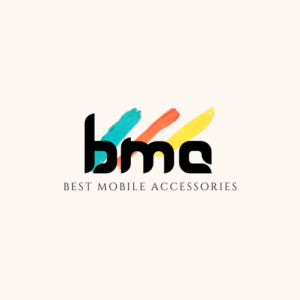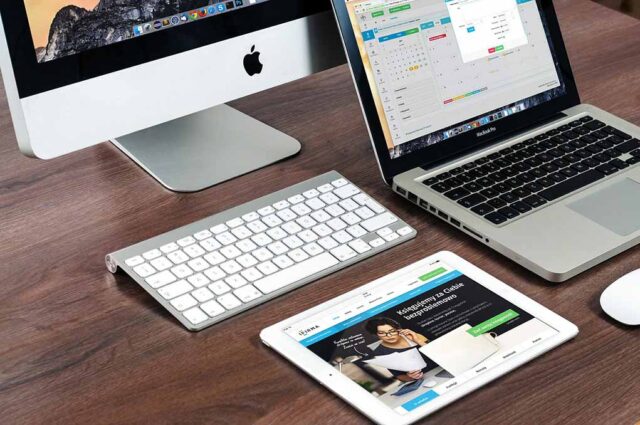Apple Server Most Powerful rack optimized server
Happy Sunday from Software Expand! In this week’s edition of Feedback Loop, we talk about the future of Windows Phone, whether it makes sense to build media centers discuss the preferences for metal vs. plastic on smartphones. All that and more past the break the proof of concept.
Just because you can do something, should you? Samsung thinks so. Its second experimentally screened phone taps into its hardware R&D and production clout to offer something not many other companies can make.
WHAT DO YOU WANT FROM WINDOWS PHONE?


And so, following the Galaxy Round, here’s the Galaxy Edge. If you take the basic shape and concept, it’s the spitting image of the curved-screen Youm prototype spied at CES a little less than two years ago.
Now, though, it’s a for-real smartphone you can buy. I’ve been testing it out in Japan, where it launched instead of the Note 4, although both the Note 4 and the Note Edge will eventually be available in the US. Fortunately.
Galaxy Note Edge is how much it resembles the Note 4
The ability to shrink the likes of Chrome and Google Maps to a popup window and layer it on top of other apps is also useful; I’d love to see something similar on the iPhone 6 Plus.
Despite the unusual, curved screen, it still packs all of the good things that made the Note 4 such a strong choice. But bragging rights aside, is there enough of an argument for a curved screen? Should you just get the Note 4 anyway?
METAL VS. PLASTIC PHONE BODIES?


The exploration of space stands as one of humanity’s greatest achievements. While history has hailed the men and women who reached the cosmos, and those who helped them get there, much of the infrastructure that sent them skyward lies forgotten and dilapidated.
Galaxy Note 4 running Android 4.4 KitKat.
And how does Apple’s biggest phone compare to the Note Edge? Well, both remain unwieldy to grip, and the Note Edge is wider. However, the edged screen nuzzles into my hand better and those software tweaks mentioned above give it the advantage. However, just like the stylus, there’s a while before you get the knack of all the little provisions Samsung’s made to ease users into this screen size.
Roland Miller has spent nearly half his life chronicling these landmarks before they are lost forever long been obsessed with space as a child, he dreamed of being an astronaut.
HARDWARE
Its curves are subjective and divisive; my friends and colleagues have offered up reactions ranging from outright bemusement to adoration. The screen looks great, with the punchy contrast and sharpness that’s been a Samsung flagship mainstay for years. We’ll get back to that edge, but it’s the headline part of a 5.6-inch Quad-HD+ display.
This means a little chunk of extra screen makes the phone just less than 4mm wider, and around 2mm shorter, than the Note 4.
ONE-HANDED USE
Both come with software tricks like shrinkable keyboards as well as a new, tiny floating menu that can be stuck to the outer edge of the screen. This duplicates the capacitive button row, which could be a solution of sorts for lefties.
I can even make this secondary menu transparent, allowing me to maintain all that screen space. The ability to shrink the likes of Chrome and Google Maps to a popup window and layer it on top of other apps is also useful I’d love to see something similar on the iPhone 6 Plus.
SOFTWARE
If you’re looking to learn more about the stylus’ uses, I’d advise a quick read of Brad’s Galaxy Note 4 review, because the setup is identical here. Yes, there are TouchWiz bits running on Android 4.4 KitKat, but Samsung continues to clear away unnecessary bloat and options.
It’s still a work in progress, though, and I feel the settings menus are particularly obtuse compared to other Android phones — and especially iOS. It takes some getting used to.


But let’s focus on what’s different here: that edge. There are two display modes you can flit between: a slender, unassuming bar that can display a customized message and a more substantial column that attempts to offer extra functionality, notifications or context-dependent menus for certain apps, like the camera.
The front-facing camera is also a top-end sensor compared to the competition, 3.7 megapixels with an f/1.9 lens.
While I’m not a huge selfie taker, you’ll have to ask our Senior Selfie Editor, but I do take a whole lot of photos with my smartphone, so I was interested to see how Samsung’s newest smartphone camera handled.


When it’s expanded, the UI is a basic row of icons, which you can navigate with a little swipe. This may look a little unusual, but swishing through the various mini-screens is immensely satisfying.
And how does Apple’s biggest phone compare to the Note Edge? Well, both remain unwieldy to grip, and the Note Edge is wider. However, the edged screen nuzzles into my hand better and those software tweaks mentioned above give it the advantage.
However, just like the stylus, there’s a while before you get the knack of all the little provisions Samsung’s made to ease users into this screen size.
The screen is marginally smaller than the Note 4, despite the cranked-up pixel count. Like the Note 4, text pops a little more, and pictures you take with the 16MP camera are obviously better replicated on the Note Edge’s screen.
All told, it’s an excellent camera. The image stabilizing works well on all the neon lights that pepper Tokyo, while even people were neatly captured. There’s some noise, but it compares favorably against older Galaxy phones. Daylight meant effortless captures and some really nice shots, if I say so myself.
Focus was swift, and auto white balance seemed to gauge scenes perfectly. If you have a proclivity for HDR, rest assured the Edge does an excellent job there.
The shades are still a little overdone, but you can choose from a few custom color palettes if you’re not a fan of high-contrast menus and photos.


























